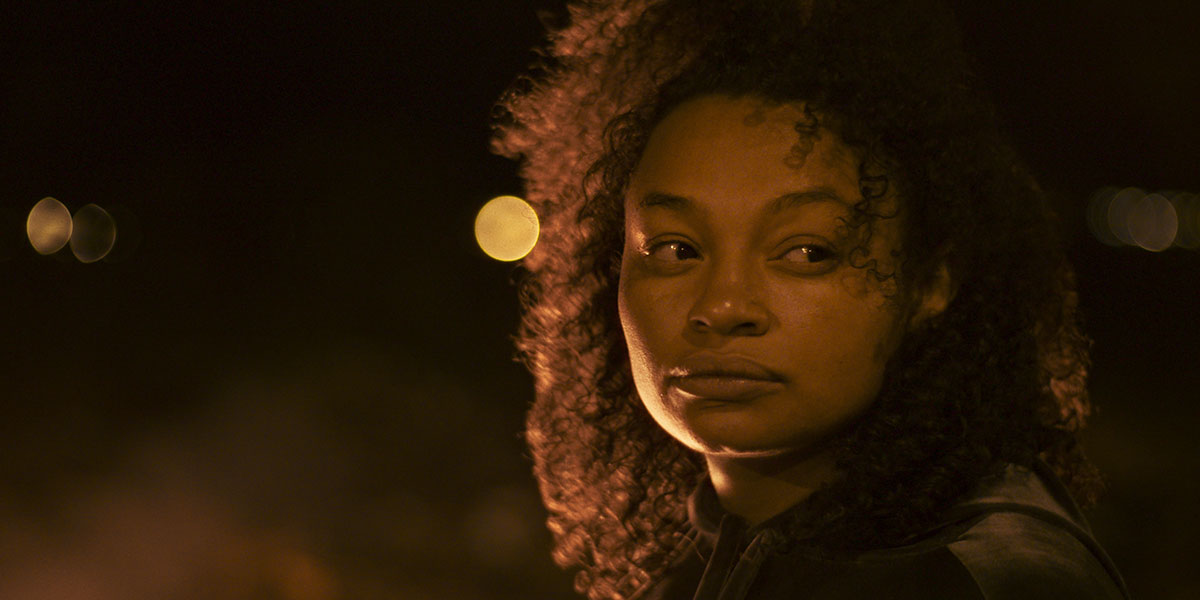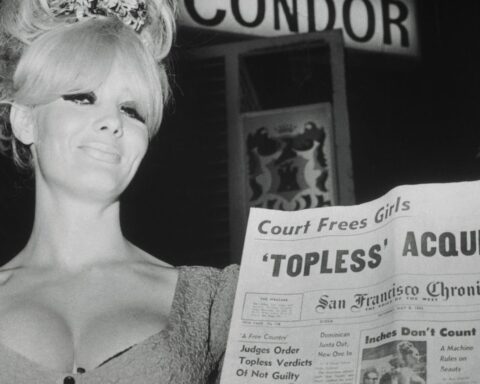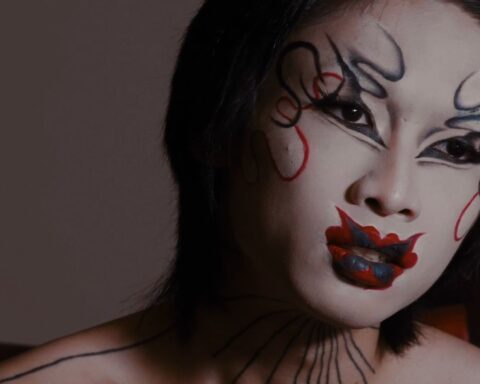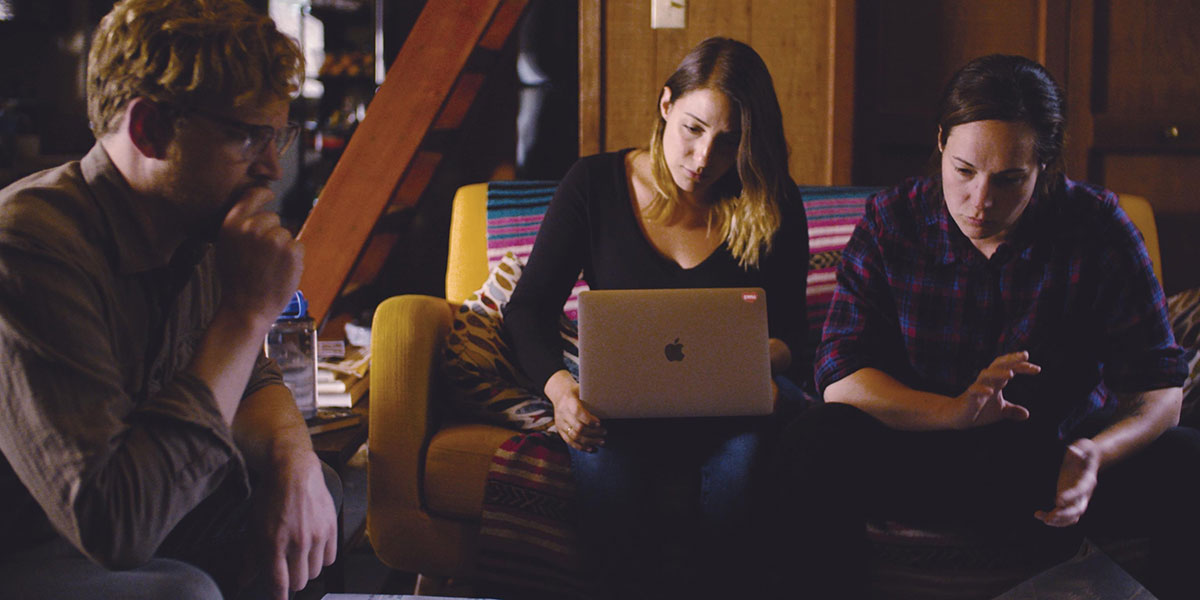Dry Ground Burning
(Brazil/Portugal, 153 min.
Dir. Adirley Queiros and Joana Pimenta
With Joana Darc Furtado, Léa Alves da Silva, Andreia Vieira
Programme: Wavelengths
Set in the Sol Nascente shanty town on the outskirts of the Brasilia satellite city of Ceilandia, Dry Ground Burning looks production-designed for a dystopian fantasy by George Miller or John Carpenter: Orange flames flare into the Brazilian night; a futuristic armoured police car crawls through the dirt streets, following a surveillance drone. A tall woman with long-flowing hair stands atop a platform, a rifle in her hand.
Fusing gritty actuality with hallucinatory B-movie pyrotechnics, this docu-fiction from Adirley Queiros (White Out, Black In; Once Upon a Time in Brasilia) and co-director/cinematographer Joana Pimenta casts women of the favela to play fictionalized versions of themselves as outlaw heroines. Their story is told in a series of vignettes. The central story is based on a recollection by Léa (Léa Alves da Silva), who, shortly after she got of jail, found a new career as an oil bandit, in an operation overseen by her half-sister, Chitarra (Joana Darc Furtado). Chitarra’s operation, working with an all-woman gang, was to tap underground oil pipes, refine the oil and sell the gasoline. Their first customers were the local motorcycle gang, who then distributed it for a cut.
The illegal entrepreneurship by this group of Black matriarchs took place against the backdrop of the 2018-2019 election campaign of far-right candidate and eventual president, Jair Bolsonaro, and the retraction of the previous government’s promise that the massive offshore oil reserves, discovered in 2006, would provide a bonanza for health and education. During the political campaign, Léa and Chitarra’s friend, Andreia (Andreia Vieira) ran for office as Sol Nascente’s district deputy. Since so many people in the neighbourhood had been in and out of jail, they formed The People’s Prisoners Party, backed by the gasoline bandits. Andreia’s party promised to end police curfews, fix sewage and provide resources for ex-convicts.
The filmmakers have said in interviews that their genre-mashing approach was a way of creating a collaborative cinematic language to depict the political and social complexity of contemporary Brazil (an approach indebted to the tradition of the ethno-fiction of the pioneering French anthropologist and filmmaker Jean Rouch). Much of it relies on parallel scenes of contrasting tones.
Throughout Dry Ground Burning, there are scenes of Léa’s horny swagger and boisterous dance parties, which are contrasted with scenes of sombre resignation. In one sequence, a busload of women, dance to the sway of a hard-snapping beat, while they bump, grind and make out with each on a bus. In the parallel scene, Léa and her friend are on a prison bus, dressed in white, silent and sombre and under armed guard. In another example of parallelism, the directors juxtapose the image of Andreia campaigning through a speech on a megaphone on a moving truck, with a 360 degree pan of an enraptured middle-class audience at a rally for Bolsonaro, aka the Trump of Brazil.
Cinematographer Pimenta employs long takes and pans, but otherwise rarely moves the camera, mixing direct-to-camera interviews with iconic images of the women in the fictional sequences. The approach, in contrast to, for example, Fernando Mireilles’ invasive handheld camera work in City of God (2002), suggests a respectful observational distance as opposed to the illusion of immersion. The choice in the casting, of Black gender-fluid, middle-aged women, is appropriate as they are targets of the are targets of the Bolsonaro ideology. Their stories mark a continuing history of resistance and struggle, in and out of prison, they are often separated from partners and children for prolonged periods.
At times, Dry Ground Burning’s jumble of fiction and documentary can be confusing (does the torched police car near the end of the film indicate it was merely a movie prop?). The absence of a discernible linear chronology over the two and half hour running time can leave the viewer unmoored. The compensation for these small discomforts is a fresh relationship between the dream life of the culture and demands of daily survival.
Dry Ground Burning leaves us with the image of a nation on the verge of incineration, and the empowering story of a group of marginalized women who, at least briefly, tapped into the toxic lifeblood of the system and flourished.
Dry Ground Burning premieres at TIFF 2022.
Update: the film opens at Hot Docs Ted Rogers Cinema on April 21.














